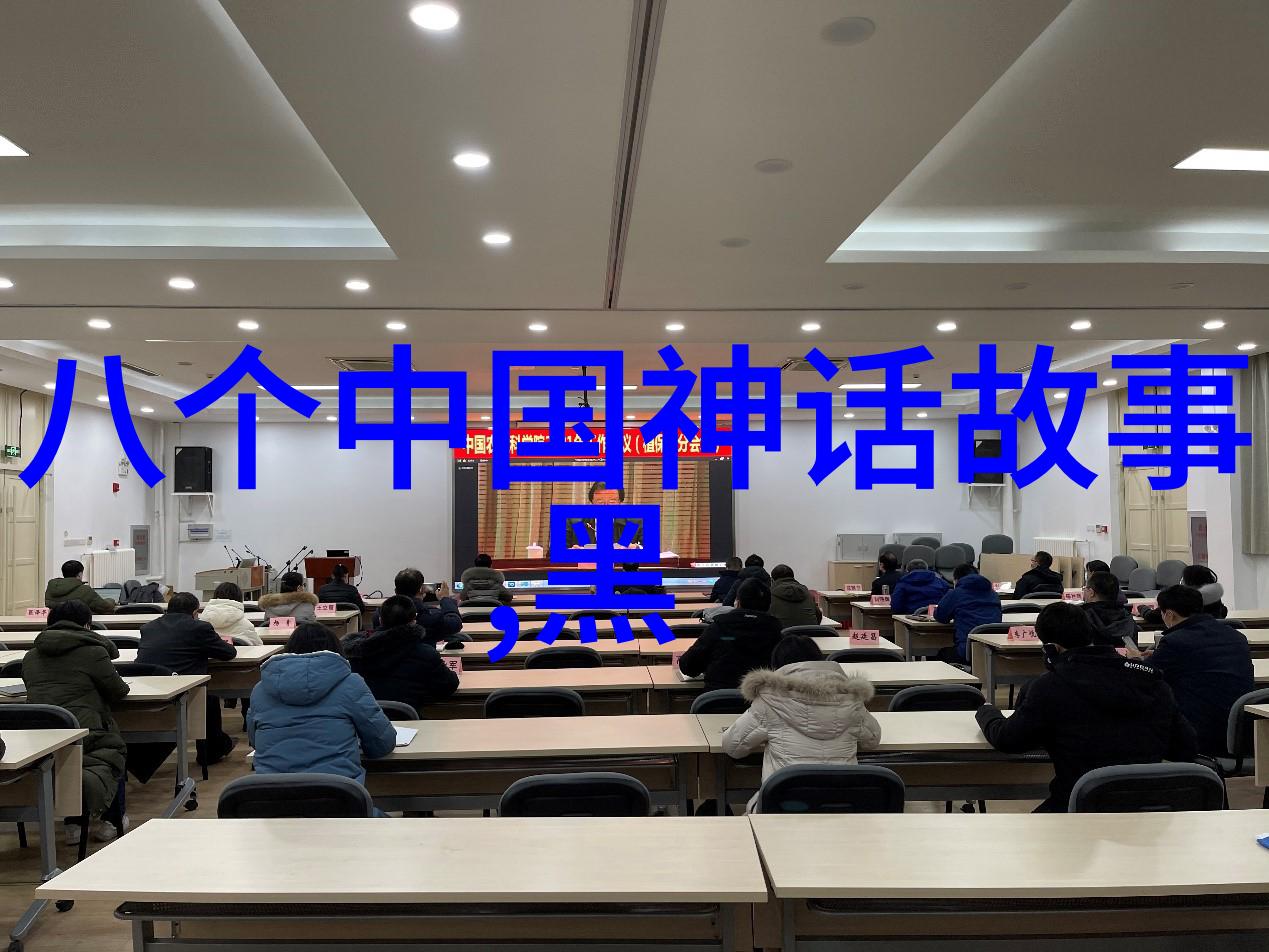在中国历史上,五代十国时期是一个动荡和多变的时代,这一时期大致从公元907年到960年,是由五个北方军阀控制的政权交替进行,以及南方诸国独立自主形成的小王朝统治相继而至。以下是对这一时期各主要国家存在时间及其兴衰情况的描述。

后唐(923年—937年)
后唐是由李克用建立,其子李存勖篡夺了前蜀政权,建立了后唐。这个时候,政治稳定性有所提升,但内部矛盾依旧较为严重。随着历次皇帝更迭和宦官专权等问题不断出现,最终导致了其灭亡。在短暂的四十五年的时间里,后唐试图恢复中央集权,但最终未能挽救自身衰败。

后晋(936年—946年)
之后,由石敬瑭篡夺后唐政权建立的是后晋。这段时间内,由于石敬瑭与契丹结盟,并将其女嫁给契丹皇帝,使得南宋获得了一定的安宁。但是,不久之后,由于宦官势力强盛、内部斗争激烈以及外患加剧,最终导致了国家解体。

后汉(947年—950年)
石重贵在位期间,即使他宣称自己是刘钧之子,也无法真正地巩固自己的统治。他的一些政策引起了士兵和民众不满,而契丹则趁机发动进攻,最终迫使他逃跑并被杀害。这段非常短暂且混乱的情况下,其影响力很快就消失在人们的心目中。

Later Zhou (951-954)
5Zhou由郭威推翻前任皇帝成立,他采取了一系列措施来巩固自己的统治,比如削弱宦官势力、减轻税收压力等。此外,他还成功地平息了边疆地区的一些叛乱,并实现了一定的经济恢复。但由于他的死讯突然传出,没有足够时间让他的政策得到实施,因此并没有长久影响到整个国家的情形发展。

6.Later Tang (954-963)
7Guo Zongxun篡夺天位建立Later Tang。他通过打击反对派力量、整顿财政、改善社会秩序等措施取得一定成效,但是由于内部矛盾和外部挑战,如辽朝不断侵扰边境,这种局面也难以持久。最后,在辽军攻击下,Guo Zongxun被迫退位,从此Later Tang走向末路。
7.Northern Han (968-979)
8Northern Han是由刘旻创建的一个小型国家,它位于今天山西省西部,是当时少数几个尚存的小规模割据政权之一。在这段时间里,他们努力维护与周边民族关系,同时积极防御来自辽朝的侵略行为。但是不幸的是,与辽朝及其他邻近势力的冲突导致资源紧张,加上内部管理能力有限,最终因与辽军交战而灭亡。
10.Southern Tang(937-975)
9Southern Tang是在江南地区建立起来的一个地方政权,以羊城为都城,由杨溢明创立。在这段期间内,它虽然拥有较高的地理优势,但却遭受到了北方诸多割据势力的持续威胁。而且由于国内政治腐败分裂,加上连续几任君主均无能力有效地应对这些挑战,最终于975年的战争中被吴越联合军队攻破首都羊城,从此它走向结束之日。
11.Wu (907–978)
12.Wu也是一个江南地区的地方政权,由杨行密创建,当初名号“楚”,但不久以后更名为吴。这一阶段他们保持着较好的经济实力与文化繁荣,不过随着领导层频繁更换以及国内外敌对力量不断增加,如黄巢之乱爆发及邻近其他割据如Southern Tang之间频繁冲突最终导致该王朝也逐渐衰落至灭亡。
13.Min(924–966)
14.Min即“南汉”,它最初叫做“岭南”或“广州节度使”,不过随着领导人身份上的变化便升级成为正式的王室。这段期间尽管存在过一些内忧外患,如高句丽入侵以及邻接其他割据间互相征伐造成连绵不绝的事态,但Min仍然能够维持一定程度上的稳定性,对于地方行政也有所尝试。不过最终还是因为受到邻近强大的Wu 和Song两大帝国围剿而不得不承认屈服于Wu,然后再经历一次又一次挫折最终于966年的战争中告别世间。
15.Shu (907–925)
16.Shu,即蜀,是最后一个封建主义形式下的政府,也就是说这是最后一个基于土地所有制基础上的中央集権式政府。当Shu崩溃的时候,它已经完全丧失了任何意义,只剩下一片废墟作为遗迹。而对于Shu来说,无论如何,都要归咎于其领袖缺乏才能,以及社会结构中的重大问题——比如土地制度改革失败——造成其迅速崩溃的问题深刻探讨。
17.Five Dynasties and Ten Kingdoms Period
18.The Five Dynasties and Ten Kingdoms Period was a time of great turmoil, with multiple states vying for power in China's history. This period began around 907 AD and lasted until the establishment of the Song Dynasty in 960 AD, during which time there were five dynasties that ruled over northern China, while southern China was divided into ten smaller kingdoms.
19.The Southern Song Dynasty established by Emperor Taizu marked the end of this era, bringing an end to the constant wars between various factions and establishing a more stable government structure that would last for nearly two centuries.
20.In conclusion, each of these kingdoms had its own unique struggles and triumphs as they navigated through this tumultuous period in Chinese history.
21.Being aware of their distinct histories can provide valuable insights into understanding how different governments operated under challenging circumstances.
22.As we look back on this complex era,
23.the Five Dynasties and Ten Kingdoms Period serves as an important reminder that even amidst chaos,
24.there is always potential for growth,
25.and transformation.
26.In essence,
27.this period offers us lessons about resilience
28.and adaptation,
29.in light of adversity.
30.To learn from our past is to embrace our future.
In summary, these dynasties had significant impacts on shaping modern-day society within their respective realms throughout such turbulent times during ancient Chinese history; they played crucial roles in determining what would become next stages after them: The Northern Song dynasty finally brought stability back to China after years-long political upheaval since the fall of Liang dynasty following An Lushan Rebellion till then when it ended up being conquered by Jin dynasty before giving way to Yuan dynasty eventually followed by Ming then Qing dynasties at last leading up to present-day People's Republic Of China under Communist rule starting from 1949 onwards onward towards current events unfolding globally today; so let us cherish memories while taking heed not forgetting where we came from – learning wisdom through historical accounts like those shared here today!
